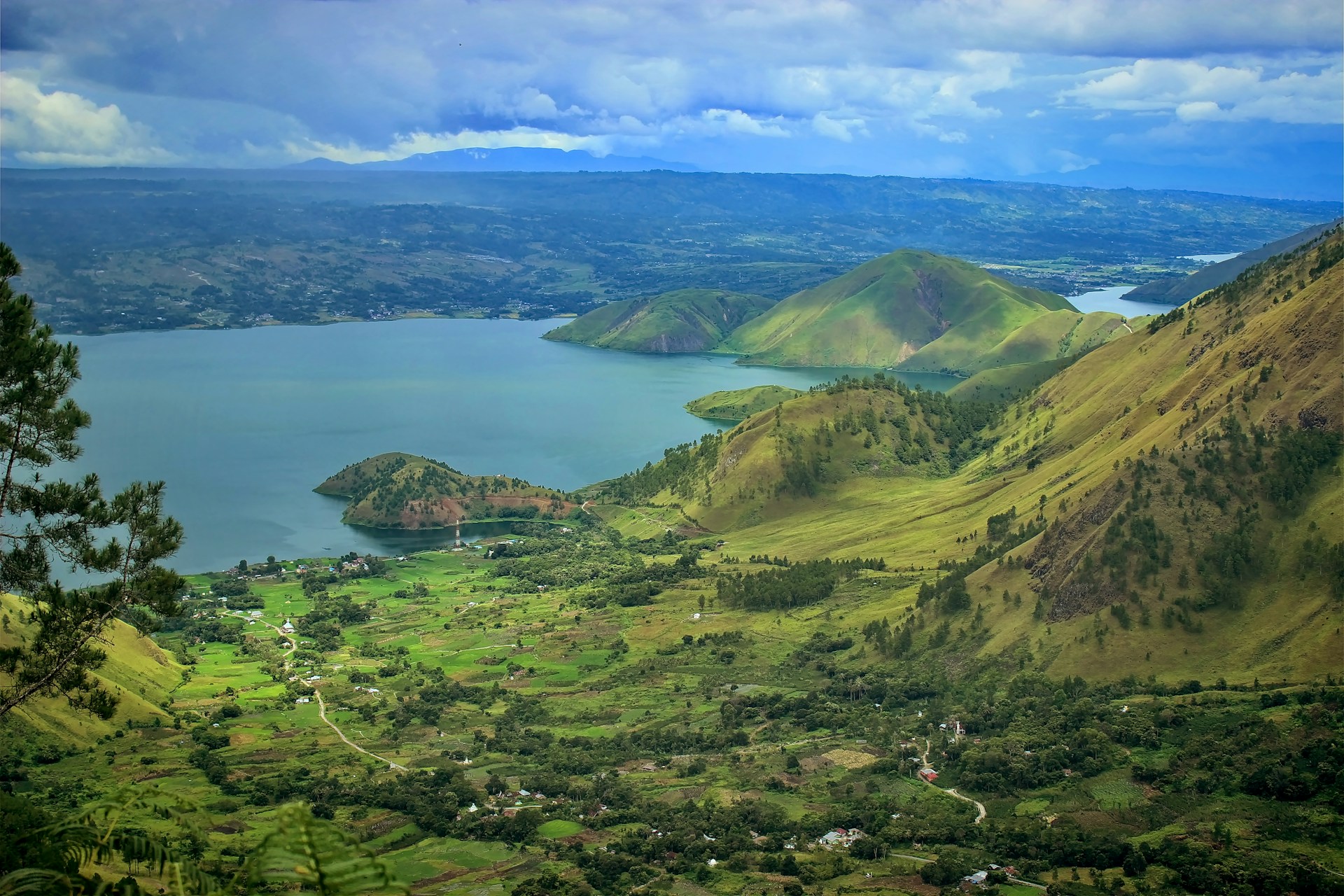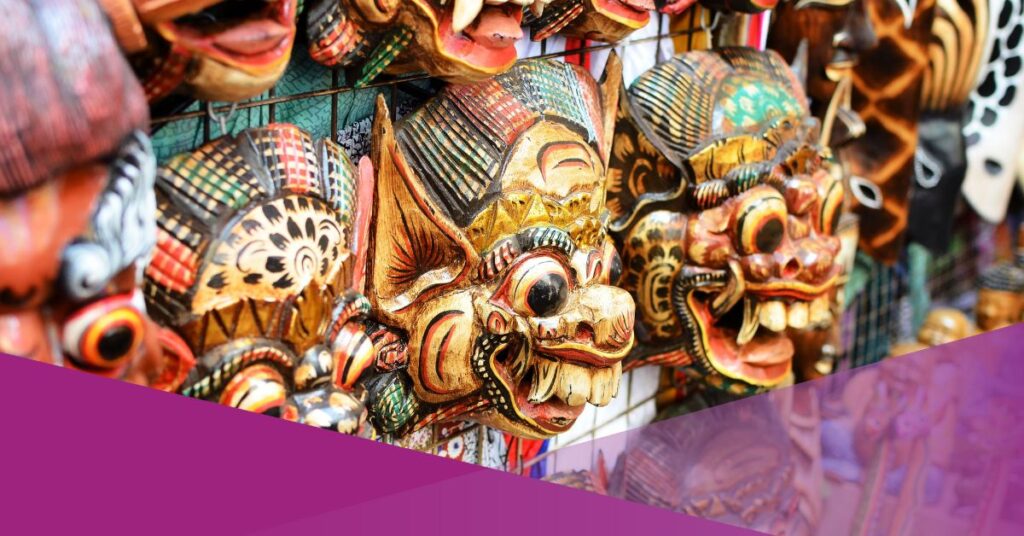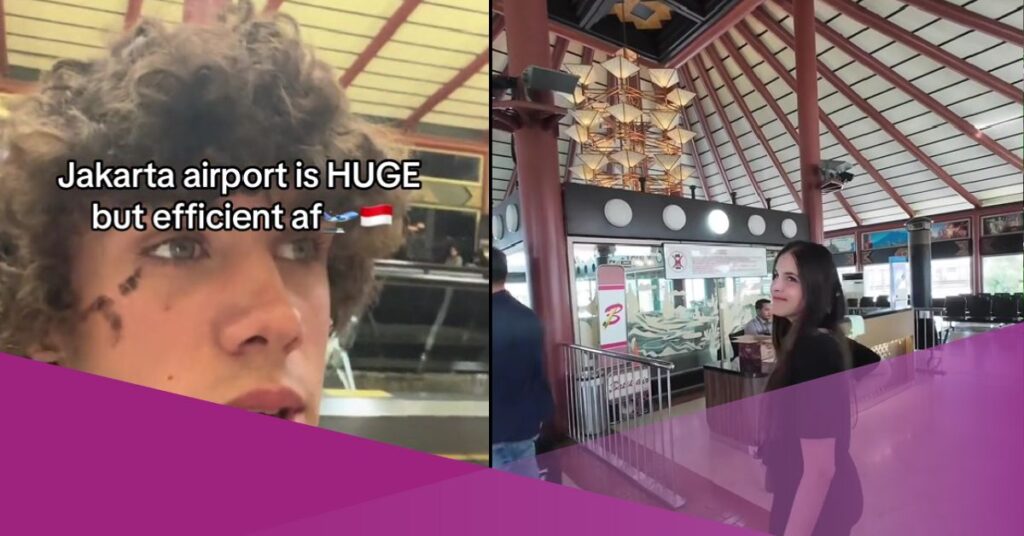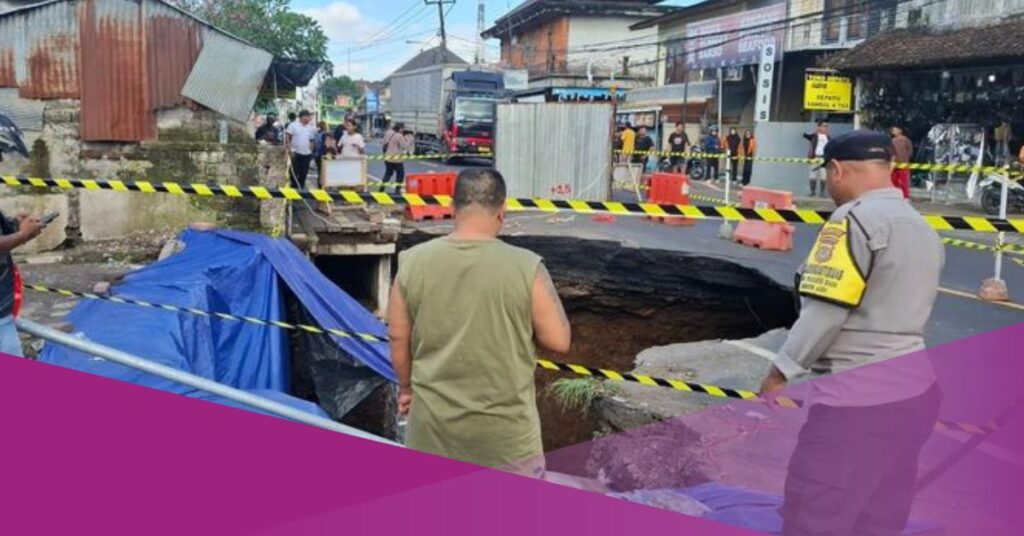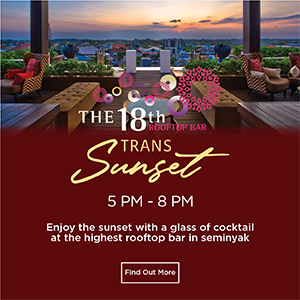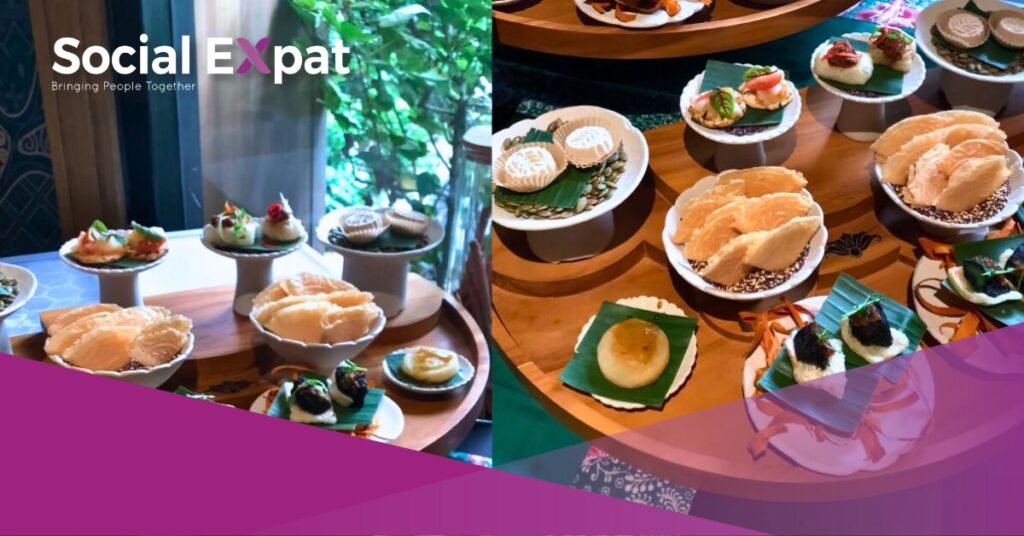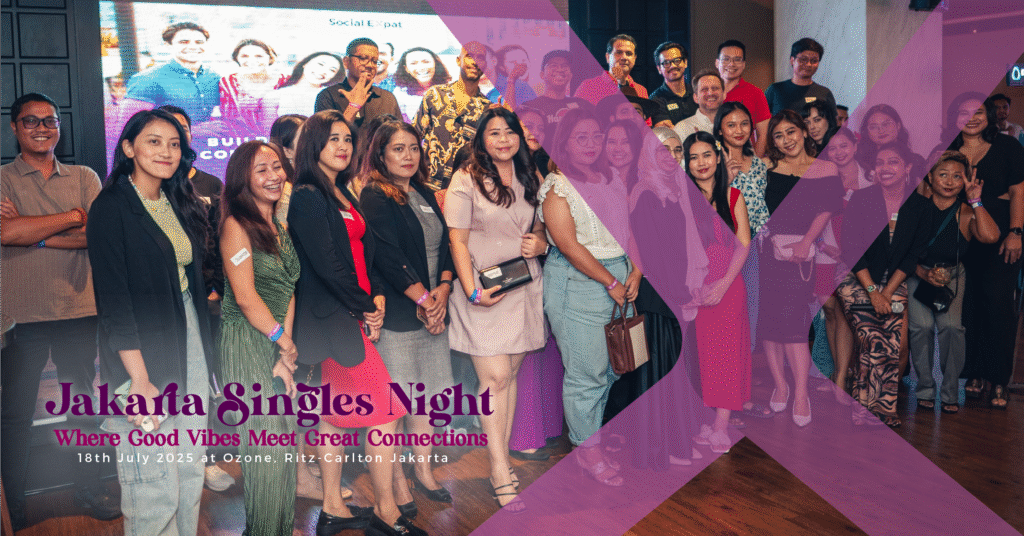Nestled amidst the emerald embrace of rice paddies and the volcanic majesty of Mount Sinabung lies North Sumatra, a region in Indonesia that pulsates with a unique cultural rhythm. Here, amidst the whispers of ancient traditions and the tapestry of indigenous life, thrives the captivating Batak culture, an ethnic group renowned for its rich heritage, artistic expression, and unwavering resilience.
Embark on a journey to discover the “Soul of Toba” and delve into the alluring world of Batak culture, where ancient rituals, magnificent architecture, and a warm spirit intertwine to create an unforgettable experience.
A Journey Through Time: Unveiling the Batak Legacy
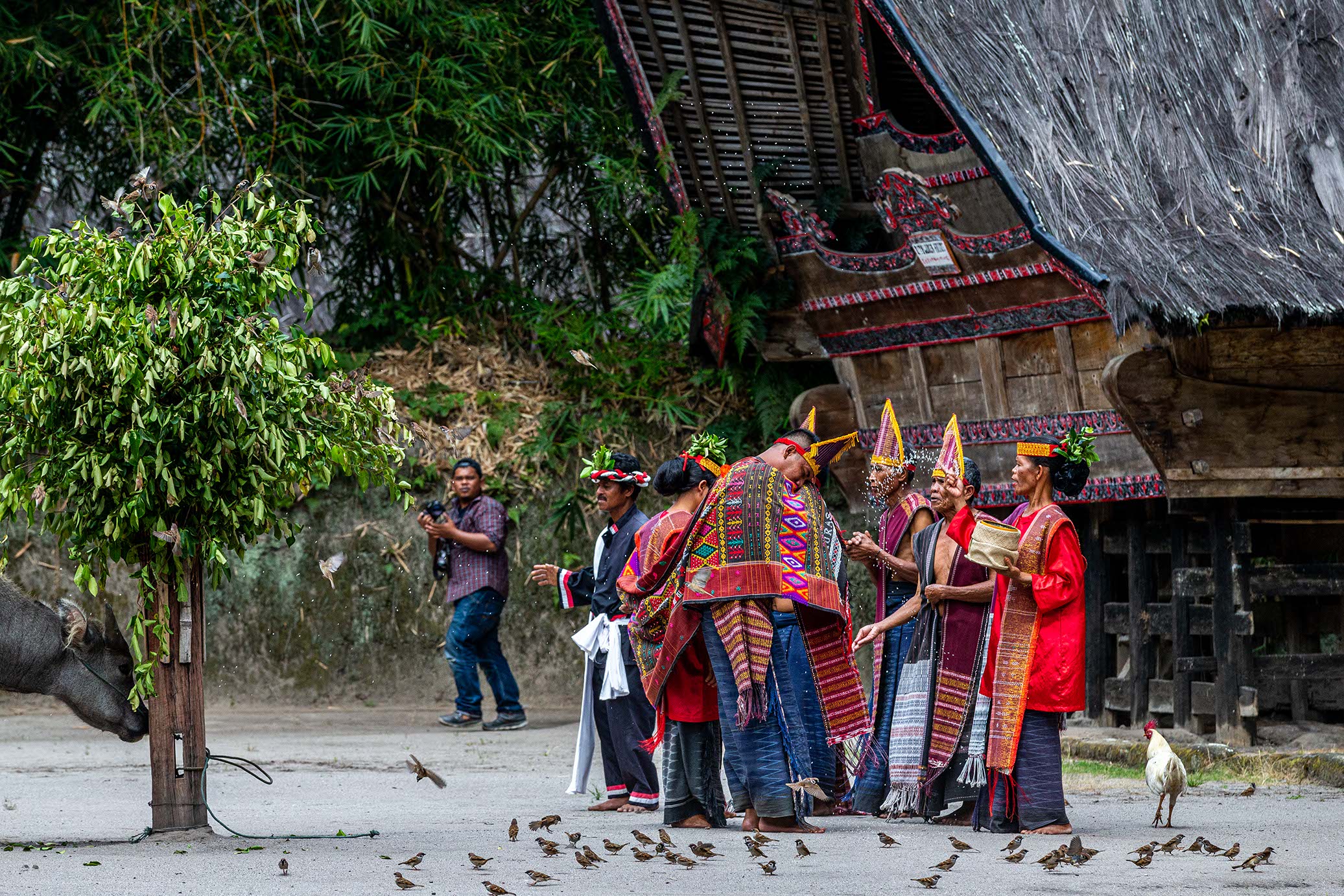
Delving into the heart of Indonesian Batak Toba culture is akin to embarking on a captivating journey through time. Stepping into a traditional Batak village, aptly named “kampung”, is like stepping into a mandailing living museum.
Towering, ornately carved houses known as “rumah adat” stand tall, their unique saddle-backed roofs and intricate geometric patterns whispering tales of generations past.
Inside, discover a treasure trove of cultural artefacts, from woven textiles adorned with symbolic motifs to intricately crafted utensils that embody the Batak people’s artistic prowess. Batak language is also spoken in Karo, Simalungun, Toba, Angkola and Mandiling ethnic groups.
Exploring Batak Land Houses
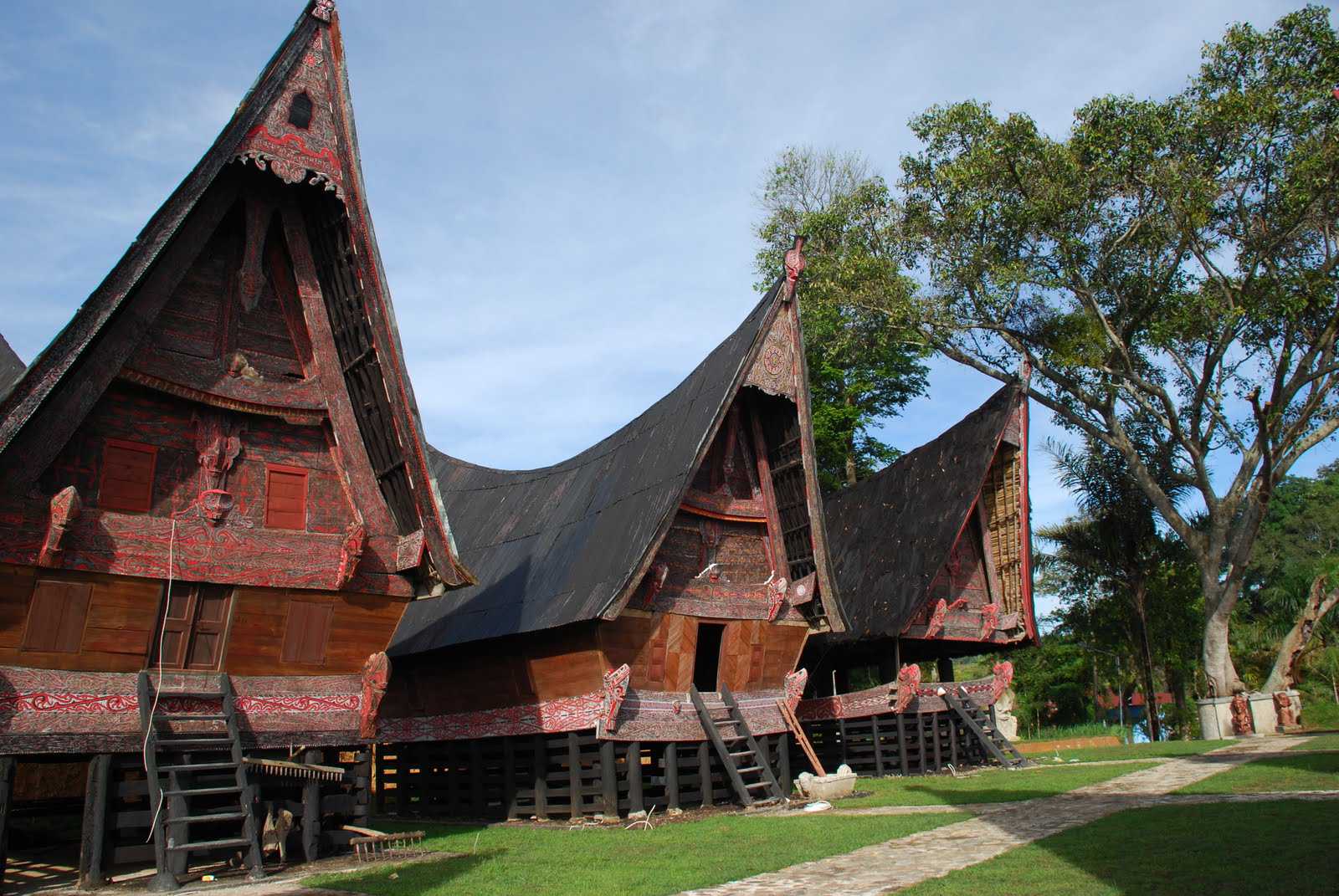
Villages, known as “Huta” in the Batak language, hold immense significance in their culture. These settlements are not just clusters of houses; they represent a unique way of life, steeped in tradition and governed by the principles of “adat,” the customary law. Here’s a closer look at the essence of Batak villages:
Communal Living
Batak villages traditionally follow a communal living structure. Extended families reside together in large, iconic houses called “rumah bolon” or “jabu.” These structures, built on stilts and featuring distinctive curved roofs, symbolize unity and shared ancestry. The communal living space fosters strong bonds within families and fosters a sense of collective responsibility.
Social Hierarchy and Leadership
Each huta has a designated leader, often referred to as “pengetua huta” or “kepala adat.” This individual is chosen based on age, wisdom, and adherence to adat principles. The leader acts as a mediator in disputes, enforces customary laws, and represents the village in inter-huta relations.
Spatial Organization
Batak villages exhibit a specific spatial organization. The “jabu” houses are typically arranged around a central square, often called “lapangan.” This open space serves as a gathering point for communal activities, ceremonies, and social interactions. The “lapangan” often features sacred stones or structures reflecting the community’s spiritual beliefs.
Importance of Agriculture
Surrounding the village is fertile agricultural land where the Batak people practice traditional farming methods. Rice cultivation is important, and rituals are often performed to ensure bountiful harvests. This close connection to the land reflects their deep respect for nature and its role in their livelihood.
Modernization and Change
While the core values and principles remain strong, Batak villages are also undergoing changes due to modernization and external influences. Some villages now have individual houses alongside the traditional “jabu.” Additionally, access to technology and education is impacting social dynamics and traditional practices.
Despite these changes, the “huta” remains the cornerstone of Batak’s identity. It represents an enduring social unit where tradition, community, and spiritual values are interwoven into the fabric of their lives. Back years ago, Karo Batak ritual cannibalism was a Batak tradition to strengthen the eater’s tendi.
Experience The Traditional Batak Ritual
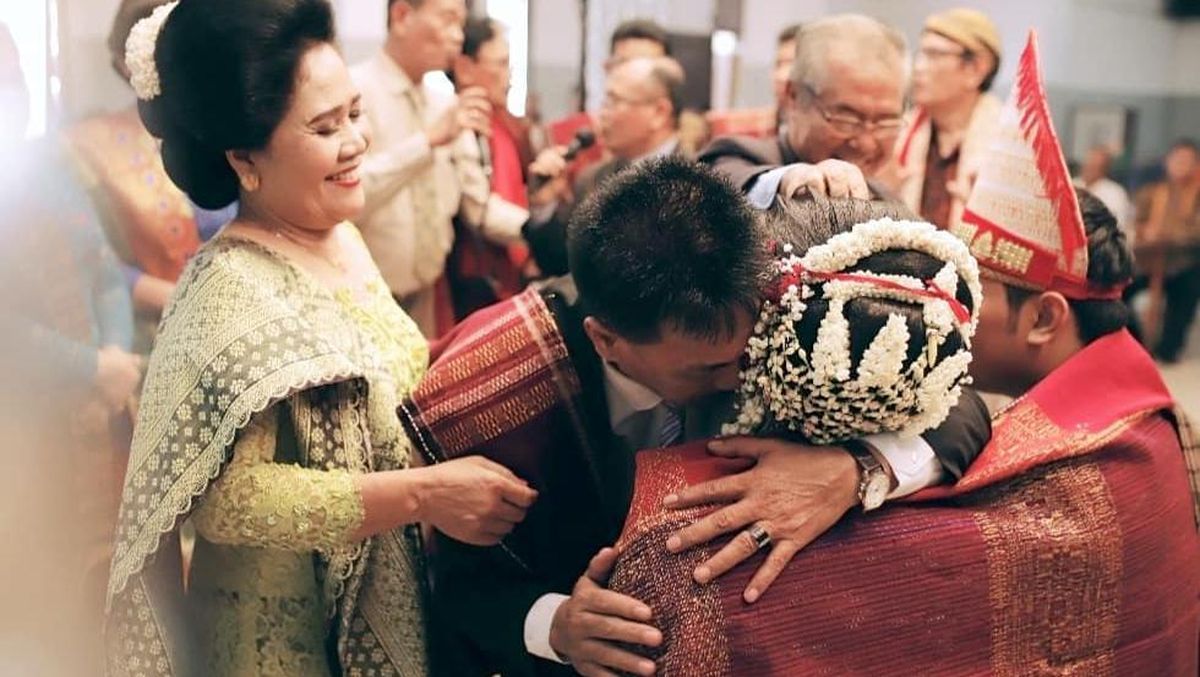
Batak culture, originating from North Sumatra, Indonesia, is rich in ritual traditions, deeply intertwined with their spiritual beliefs and social order. These rituals serve various purposes, from honouring ancestors and seeking guidance to marking life transitions and maintaining harmony within the community. Here’s a glimpse into some significant Batak rituals:
Mangulosi (Gift-Giving with Ulos)
Ulos, intricately woven textiles, play a central role in Batak rituals. Mangulosi involves the ceremonial presentation of ulos by family members to the bride and groom during weddings, to newborns during naming ceremonies, and deceased loved ones during funerals. The specific patterns and colours of the ulos hold symbolic meanings, conveying blessings, protection, and well-wishes.
Mangongkal Holi (Secondary Burial)
For the Toba Batak people, death is not the final farewell. Mangongkal Holi, meaning “unearthing bones,” is a multi-day ceremony practised several years after someone’s passing. The deceased’s bones are exhumed, cleaned, and mourned.
This ritual signifies the transition of the spirit to the ancestral realm and strengthens the connection between the living and the dead.
After cleansing, the bones are reinterred in elaborate structures called “tugu” or “tambak,” serving as a reminder of their ancestors’ presence within the community.
Rituals for Guidance and Healing
Batak rituals also involve seeking guidance and spiritual intervention. Traditionally, “datu” (religious specialists) performed rituals using “tunggal panaluan” (ritual staffs), believed to possess supernatural powers. These ceremonies aimed at healing illnesses, warding off evil spirits, and aiding in divination practices.
Rituals in Daily Life
Rituals permeate various aspects of Bataks daily life. Offerings and prayers are often made before planting and harvesting, reflecting their deep respect for nature and its role in their well-being. Additionally, rituals are conducted to mark significant life events like housewarming, achieving adulthood, and embarking on new endeavours.
It’s important to note that Batak culture encompasses six distinct groups, each with its variations and nuances in their ritual practices. However, the core values of honouring ancestors, seeking spiritual guidance, and maintaining social harmony remain constant threads woven through the tapestry of Batak rituals.
A Celebration of Art: Unearthing the Creative Soul of the Toba Batak People
The artistic spirit of the Batak people manifests in a myriad of ways. Marvel at the intricate embroidery adorning “ulos”, traditional textiles that hold immense cultural significance.
Witness the meticulous craftsmanship of woodcarvers, their hands transforming ordinary pieces of wood into breathtaking sculptures and furniture.
Be captivated by the colours and storytelling murals that adorn the walls of Batak homes, each stroke a testament to the community’s artistic heritage.
A Call to Experience: Unveiling the Warmth of Batak Tribe Hospitality
The allure of Batak rich culture extends far beyond its captivating traditions and artistic expressions. At the heart of it all lies the Batak people themselves, renowned for their warmth, hospitality, and unwavering sense of community.
As you explore the region, be prepared to be welcomed with open arms and genuine smiles. Share a meal of traditional delicacies, engage in conversations filled with laughter and stories, and experience the true essence of Batak culture – a culture that thrives on connection, sharing, and the unwavering spirit of its people.
So, if you seek an adventure that transcends the ordinary, a journey that delves into the heart of a unique and captivating culture, then embark on a voyage to discover the soul of North Sumatra.

